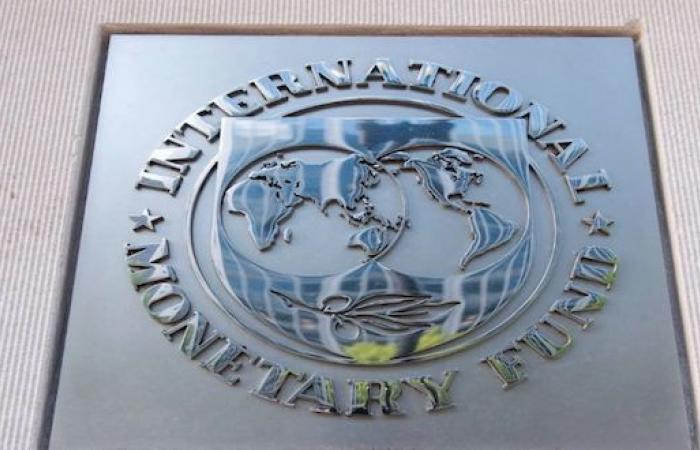The dollar, which continues to lose ground against non-traditional currencies in global foreign exchange reserves, nevertheless remains the main reserve currency, indicated the International Monetary Fund (IMF) in a new blog.
According to the international financial institution, the predominance of the dollar in the global economy could still be observed recently, given that the robustness of the American economy, the tightening of monetary policy and the intensification of geopolitical risks have contributed to further enhance the value of the greenback.
However, economic fragmentation and the potential reorganization of global economic and financial activity into distinct blocs could encourage some countries to use and hold other international and reserve currencies, according to the IMF.
It is striking to note that the decline in the share of the dollar over the last two decades has not been offset by the increase in the shares of the other major currencies, namely the euro, the yen and the pound, notes the same source.
Instead, it was the share of “non-traditional reserve currencies” that increased, including that of the Australian dollar, Canadian dollar, Chinese renminbi, South Korean won, Singapore dollar and Nordic currencies.
Recent data from the IMF report on the currency composition of foreign exchange reserves (COFER) indicate a continued gradual decline in the share of the dollar in the foreign exchange reserves of central banks and governments.
THE…
Non-traditional reserve currencies are attractive to reserve managers because they are a source of diversification and offer relatively high returns, notes the Bretton Woods institution.
They have also become easier to buy, sell and hold thanks to the development of new digital financial technologies (such as the Automated Market Maker model and automated liquidity management systems.
This recent trend is all the more striking given the strength of the greenback, which indicates that private investors have turned to dollar-denominated assets, says the IMF.
At the same time, this observation serves as a reminder that exchange rate fluctuations can independently impact the monetary composition of central bank reserve portfolios, notes the same source.
Changes in the relative value of different government securities, reflecting movements in interest rates, may also have some effect, although the latter will tend to be less, as the yields on bonds issued in major currencies usually follow the same trajectory.
Over the past two decades, the fact that the value of the dollar has generally remained the same, while its share in global reserves has declined, indicates that central banks are gradually turning away from the dollar, underlines the international financial institution based in Washington.






